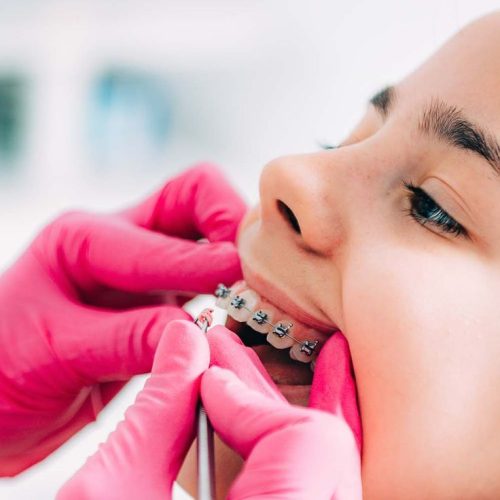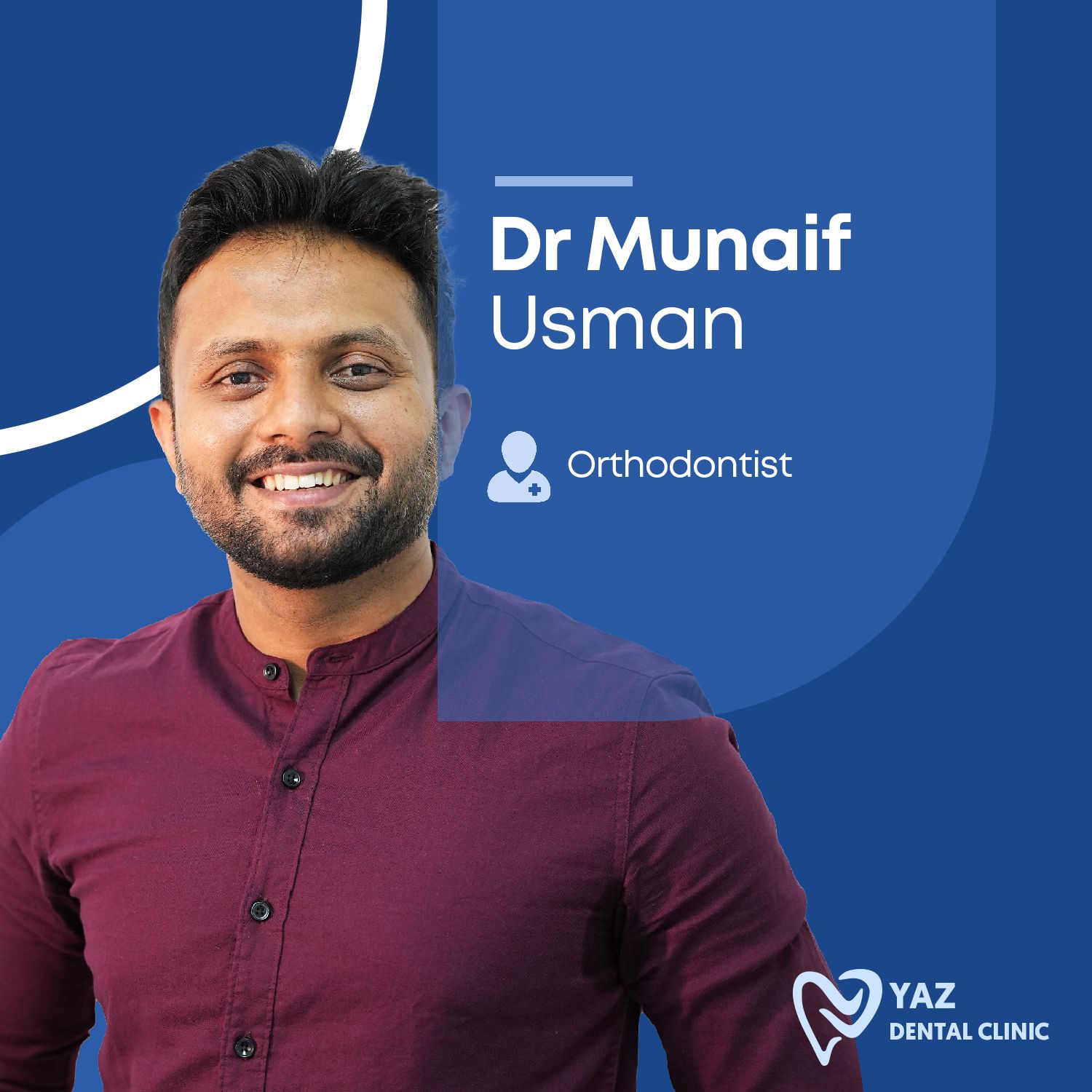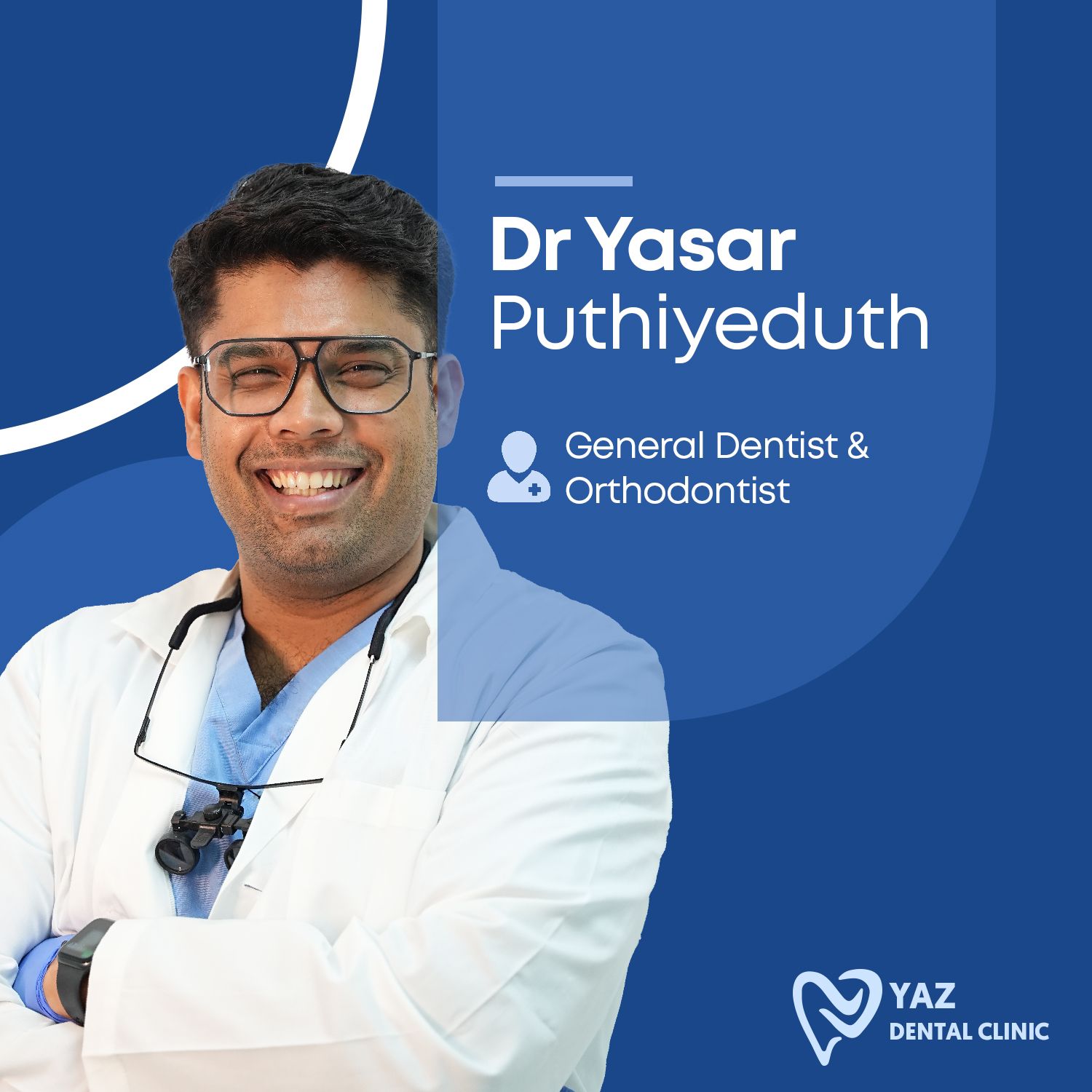PEDIATRIC ORTHODONTICS
What is Pediatric Orthodontics?
Pediatric orthodontics involves the study and management of dental and jaw alignment issues in children. The goal is to correct irregularities such as crooked teeth, misaligned bites, and jaw discrepancies to promote proper oral function and aesthetics. Orthodontic treatments can range from preventive measures to more extensive corrective procedures.
Benefits of Pediatric Orthodontics
Early Detection: Early evaluation allows for the detection of potential orthodontic issues before they become more severe. This can lead to more effective and less invasive treatment options.
Prevention of Future Problems: Addressing dental issues early can prevent more serious problems in the future, such as severe misalignments or the need for more complex surgeries.
Improved Function: Proper alignment of the teeth and jaws enhances oral function, including chewing, speaking, and breathing. This can also help prevent issues like jaw pain and excessive wear on teeth.
Enhanced Aesthetics: Correcting misaligned teeth and jaws can significantly improve the appearance of a child’s smile, boosting their confidence and self-esteem.
Optimized Dental Development: Early orthodontic treatment can guide the growth of the jaw and teeth, ensuring that they develop in the correct positions.


Common Pediatric Orthodontic Issues
Crowding: When there isn’t enough space in the mouth for all the teeth, they may overlap or become crooked. Crowding often requires orthodontic intervention to create sufficient space for proper alignment.
Spacing Issues: Gaps between teeth can occur due to missing teeth or discrepancies in jaw growth. Spacing issues may require orthodontic treatment to close gaps or maintain space for future teeth.
Overbite: An overbite occurs when the upper front teeth significantly overlap the lower front teeth. This can affect the bite and appearance and may need corrective treatment.
Underbite: An underbite happens when the lower front teeth are positioned in front of the upper front teeth. This can cause functional problems and aesthetic concerns.
Crossbite: A crossbite occurs when some of the upper teeth fit inside the lower teeth. This misalignment can lead to tooth wear and jaw issues.
Open Bite: An open bite is characterized by a gap between the upper and lower teeth when the mouth is closed. This can affect chewing and speech.
Common Pediatric Orthodontic Treatments
Braces: Traditional braces consist of metal or ceramic brackets and wires that gradually move the teeth into their proper positions. Braces can address a wide range of orthodontic issues.
Clear Aligners: Clear aligners are a series of custom-made, removable trays that gradually shift the teeth into alignment. They are a popular option for older children and teenagers seeking a more discreet treatment.
Expanders: Palatal expanders are devices used to widen the upper jaw to correct issues like crossbites or to create space for incoming permanent teeth.
Retainers: Retainers are used to maintain the position of teeth after braces or aligners. They help ensure that teeth remain in their corrected positions as the jaw continues to develop.
Space Maintainers: Space maintainers are used to hold space for permanent teeth when a baby tooth is lost prematurely. This helps prevent crowding and misalignment of the permanent teeth.
Functional Appliances: These are devices used to correct issues related to jaw growth and alignment, such as overbites and underbites. They can guide the growth of the jaw and improve bite alignment.
The Importance of Early Evaluation
The American Association of Orthodontists recommends that children have their first orthodontic evaluation by age 7. Early evaluation allows orthodontists to:
Assess Growth and Development: By this age, many children have a mix of primary and permanent teeth, providing a clear view of how their teeth and jaws are developing.
Identify Potential Issues: Early evaluation can identify potential problems, such as improper jaw growth or emerging alignment issues, before they become more complex.
Plan Timely Intervention: If necessary, early treatment can be planned to address issues at the optimal time, which may reduce the need for more extensive treatment later.




The Team
Our Experts




